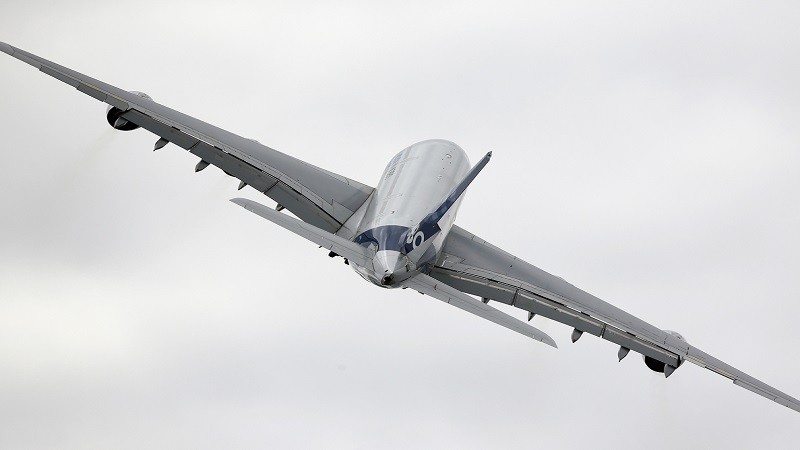Damaged Aircraft Wings Could Fix Themselves on the Fly in the Near Future
Cernescu Andrei / 10 years ago

After researching and developing this technology quietly for the last three years, a team of British scientists finally managed to come up with a way to produce aircraft wings that can fix themselves after being damaged. Now just to be clear, when I say “damage”, I mean the small, almost invisible cracks that form in the wings and fuselage of aircraft. The cracks can form after impacting an object or a bird mid-air, and they can prove dangerous if they are not spotted and repaired quickly. The team specializes in altering carbon fiber composite materials, which are currently being used to produce anything from aircraft wings to helmets and high-end bicycles.
The technology works by adding small, hollow “microspheres” to the carbon fiber material. These spheres are so small that they would appear as powder to the naked eye, but they actually contain a liquid healing agent that is released upon breaking. The liquid seeps into the cracks and then comes in contact with a catalyst that allows it to harden over time. Depending on the outdoor temperature, the “self-healing” process could require a few hours or a day to be complete. In hot environments, the process is considerably faster. The team also plans to use some form of dye in order to be able to spot damaged wings with ease.
When asked about this incredible tech, the team’s leader, Professor Duncan Wass stated the following:
“We took inspiration from the human body. We’ve not evolved to withstand any damage – if we were like that we’d have a skin as thick as a rhinoceros – but if we do get damaged, we bleed, and it scabs and heals. We just put that same sort of function into a synthetic material: let’s have something that can heal itself.”
The process could also be applied to motorcycle helmets, phone screens and even nail polish. Clearly, the tech is quite versatile, which means that it could do a lot of good in various fields. Where do you think that it would be the most useful?
Thank you to The Independent for providing us with this information.



















